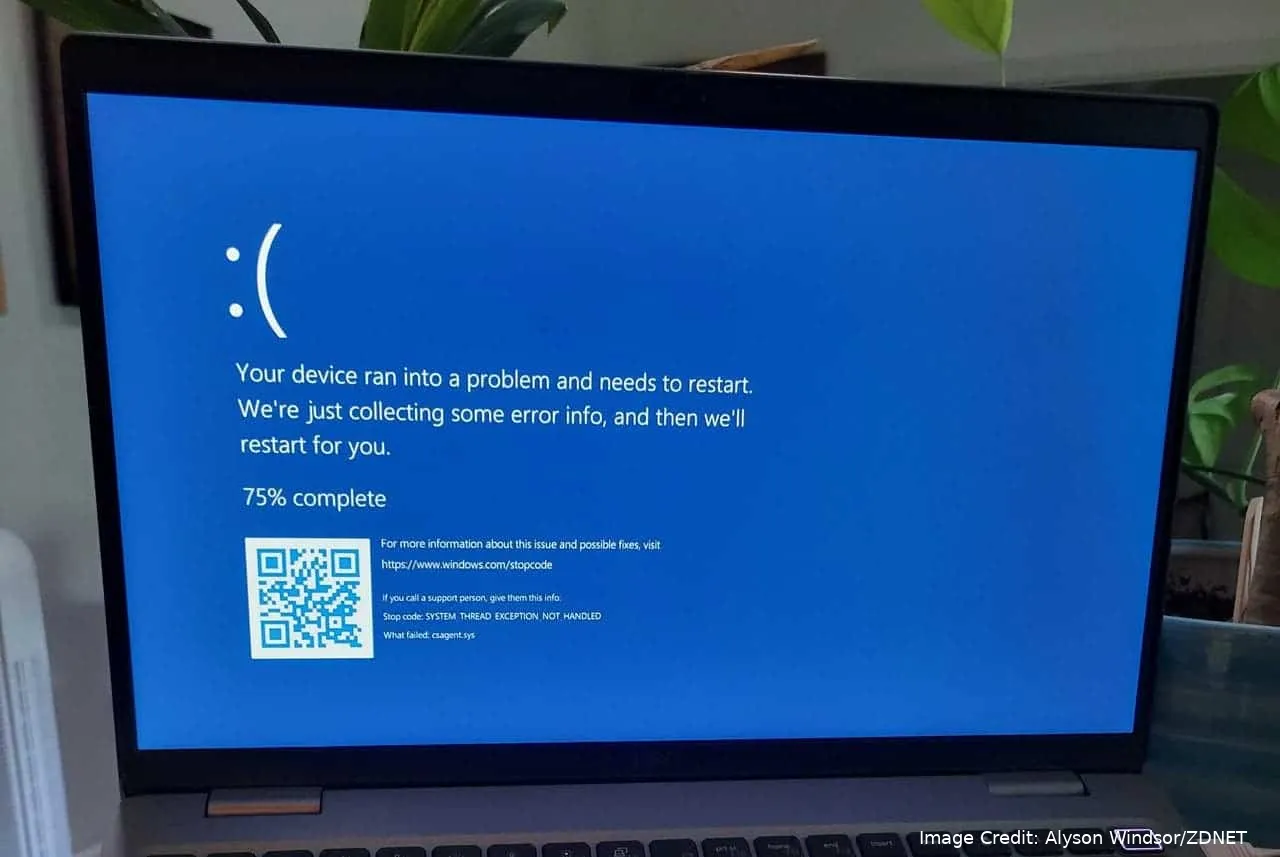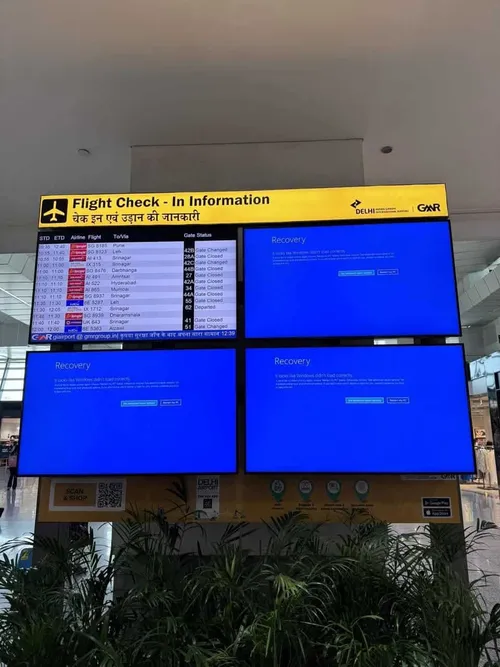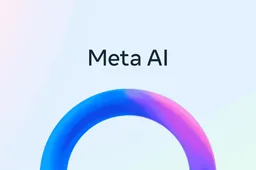
Many Windows users around the world had a bad surprise on July 19th, 2024. An update from security company CrowdStrike went wrong, causing the dreaded blue screen of death (BSOD) for many devices. This event, now known as the "CrowdStrike Update Fiasco," shows how important it is to check software carefully, especially security software.
Microsoft Announced: Number of Devices Affected by the Windows Crisis
From Patch to Crash

The problem came from CrowdStrike's Falcon antivirus software. This update was supposed to make systems safer by fixing weaknesses. But a mistake in the update itself caused a big error. The bad file made affected systems access wrong memory areas, messing things up and causing the BSOD. This error shut down millions of devices, causing problems in many businesses.
Businesses Scramble to Fix Things
The CrowdStrike update didn't just affect individual users. Businesses that rely on Windows, like airlines, banks, hospitals, and stores, were hit hard. The widespread BSOD caused problems with communication, stopped transactions, and slowed things down. Many employees work from home on virtual machines, so the impact was even worse. Businesses had to find the affected machines, figure out how to fix them, and remove the bad update.
Millions Affected, But Not Everyone
While the incident caused a lot of worry, Microsoft says the damage wasn't that widespread. Their reports show that about 8.5 million devices were affected by the CrowdStrike update. This is a significant number, but it's less than 1% of all Windows devices worldwide. This is because Windows is very popular, and the update mainly targeted company systems with automatic updates enabled.
CrowdStrike Feels the Pinch
The problems caused by the CrowdStrike update weren't just about business disruptions. As news of the global outage spread, CrowdStrike's stock price dropped sharply by 11%. This caused their market value to fall to $74 billion. This shows how serious financial consequences software problems can have, especially in the cybersecurity industry where trust is key.

Learning from Mistakes and Moving Forward
The CrowdStrike incident highlights the importance of very careful testing and quality assurance for software development, especially for security solutions. A single mistake can disrupt millions of users and hurt a company's reputation. Both Microsoft and CrowdStrike have acknowledged their responsibility to fix the issue.
Microsoft quickly released a patch to correct the error in the CrowdStrike update. They also provided clear instructions to help users manually remove the faulty files and get their systems working again. CrowdStrike has promised to thoroughly investigate the root cause of the error and put stricter measures in place to prevent similar incidents in the future.
Beyond the Crisis: Long-Term Effects on Security
The CrowdStrike update fiasco is a wake-up call for the cybersecurity industry. It shows the delicate balance between keeping systems secure and avoiding disruptions caused by software updates. Moving forward, it's important for cybersecurity companies and operating system providers to work together closely. This includes having good communication channels, standardized update deployment protocols, and thorough testing procedures. Additionally, fostering a culture of openness and accountability within the industry will be vital to regain user trust and minimize the impact of future software malfunctions.
The Importance of User Awareness and Preparation
This event also highlights the importance of users being aware and prepared. Businesses should have strong disaster recovery plans in place to deal with potential system outages. This might include regularly backing up data, having alternative communication channels, and establishing clear procedures for troubleshooting and system restoration.
The Future of Security: Smarter Software, Fewer Headaches
The CrowdStrike update showed how manual software development can lead to mistakes. But new technology can help! Let's look at how automation and artificial intelligence (AI) can make software safer.
Testing on Autopilot: Automatic Software Testing
Imagine a machine that checks software for errors automatically. This is called "automated testing." These machines can find problems in code before the software is released, like the error in the CrowdStrike update. This can help prevent future software issues.
AI Security Guards: Spotting Threats Before They Strike
AI can learn and improve over time, making it good at spotting new security threats. By using AI in security software, computers can constantly look for danger and stop it before it becomes a problem. This means less reliance on updates and patches.
Software that Heals Itself: Self-Healing Security Systems
Imagine security software that can fix itself! This is called a "self-healing system." These systems can find problems on their own and fix them without needing a person to step in. For instance, it could automatically remove a bad update or put up new security defenses to keep a system safe.
Working Together: Automation Needs a Human Touch
While AI is exciting, it's still under development and there are things to consider. The key is to find a good balance between automation and people watching over things. This way, AI can be used safely and effectively in security software.
By using these new technologies along with good communication and testing, the security industry can create a future where software updates make things safer without causing problems. This will lead to a more secure and reliable digital world for everyone.
Conclusion: A Shared Responsibility
The CrowdStrike update crisis is a valuable lesson in the importance of collaboration, communication, and rigorous testing in cybersecurity. By working together, software developers, operating system providers, and users can minimize the risk of similar incidents occurring in the future. The ultimate goal is to create a more secure and reliable digital environment for everyone.
Loading






